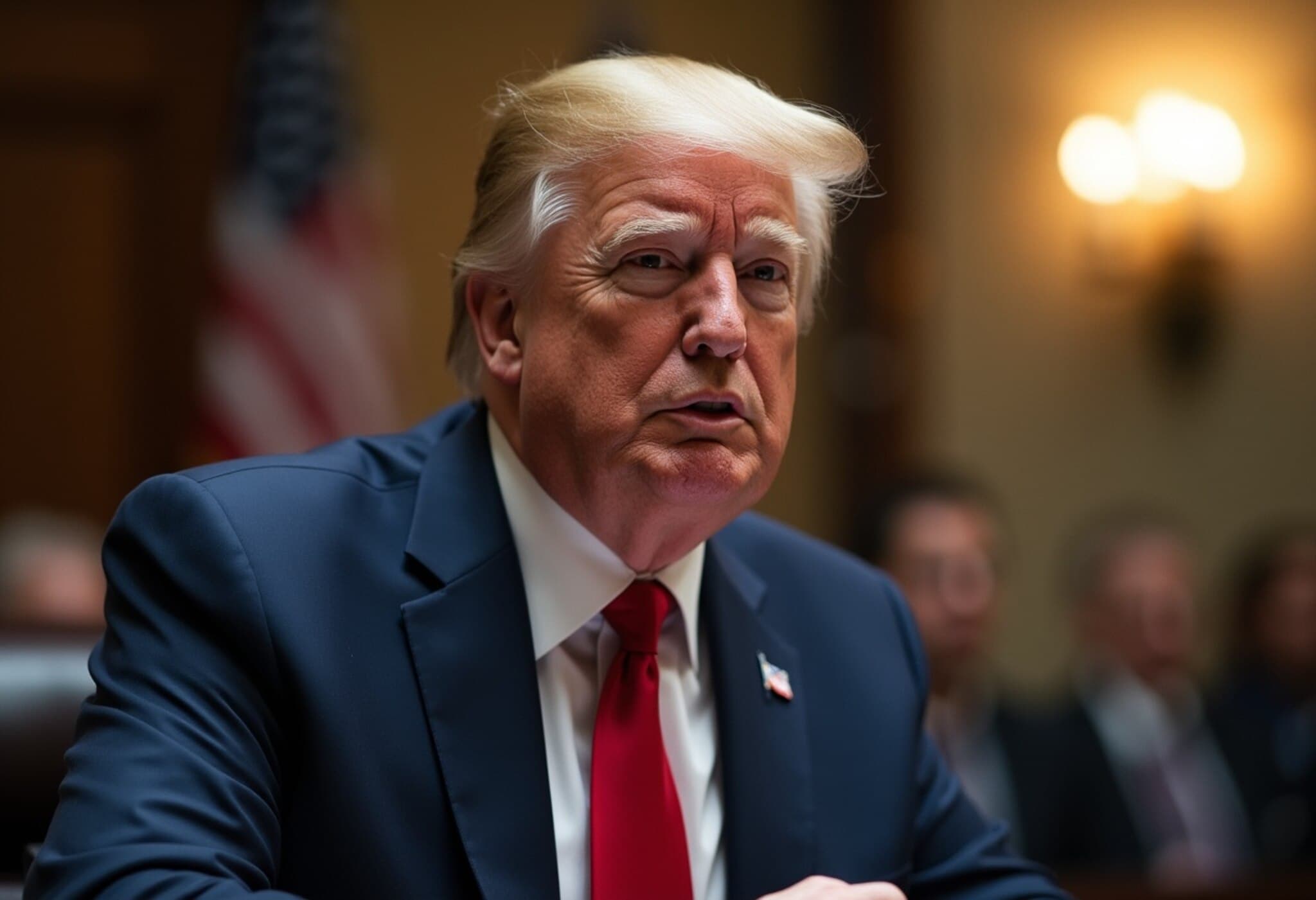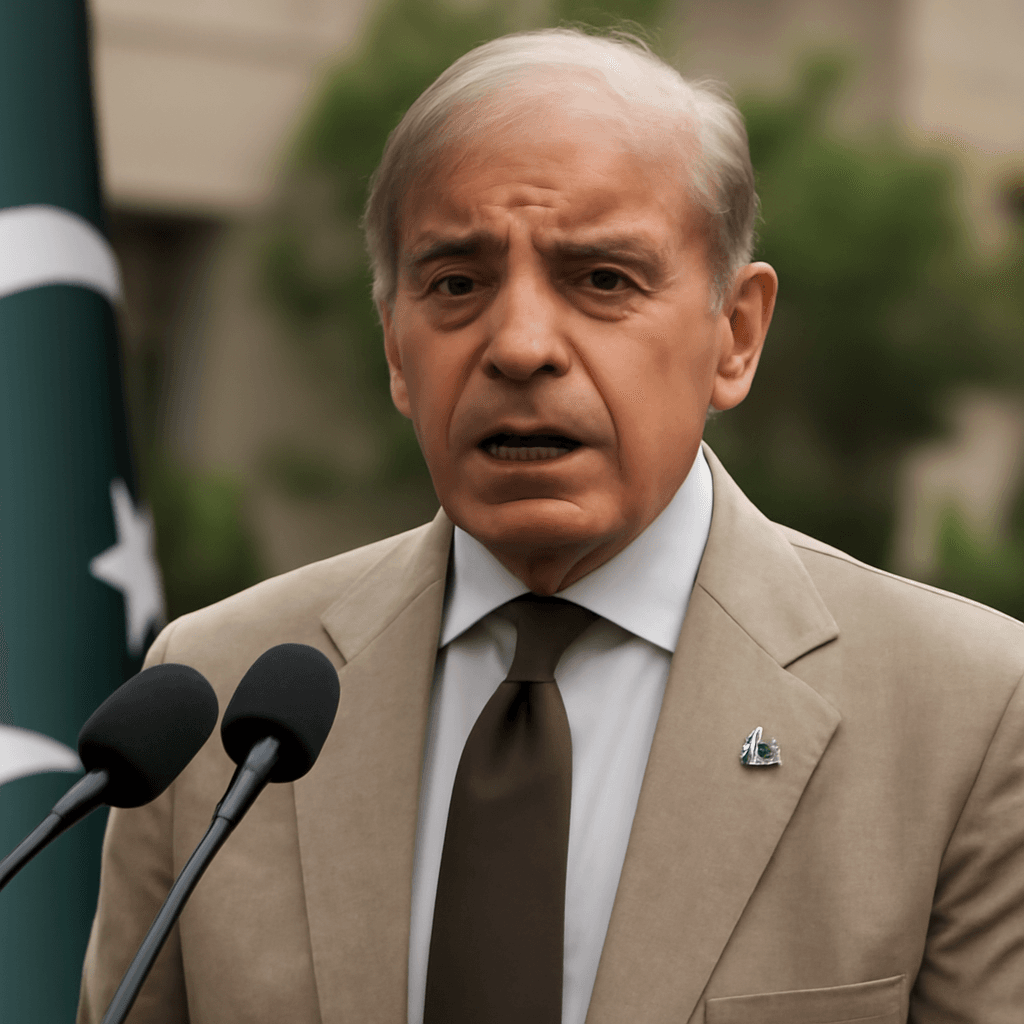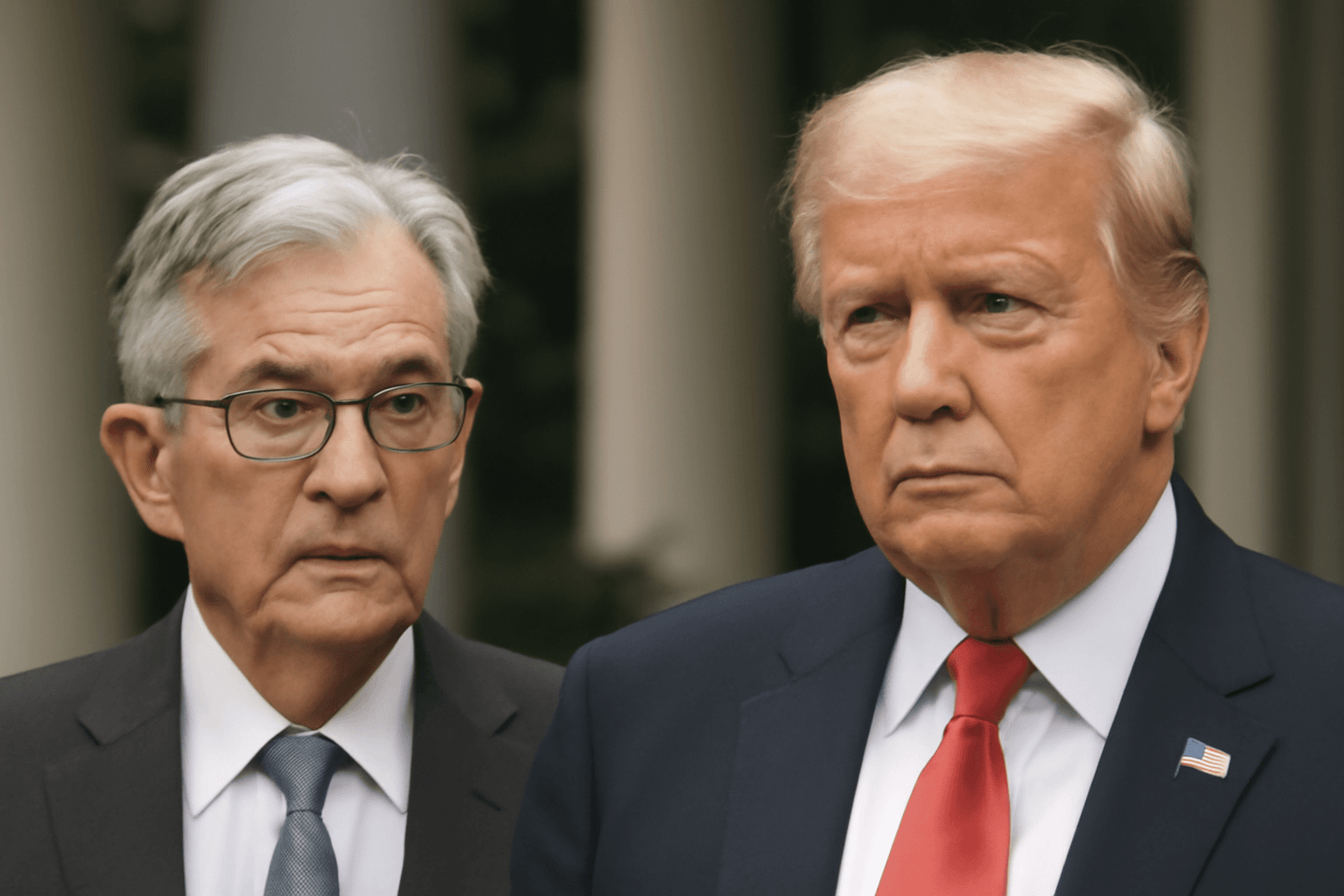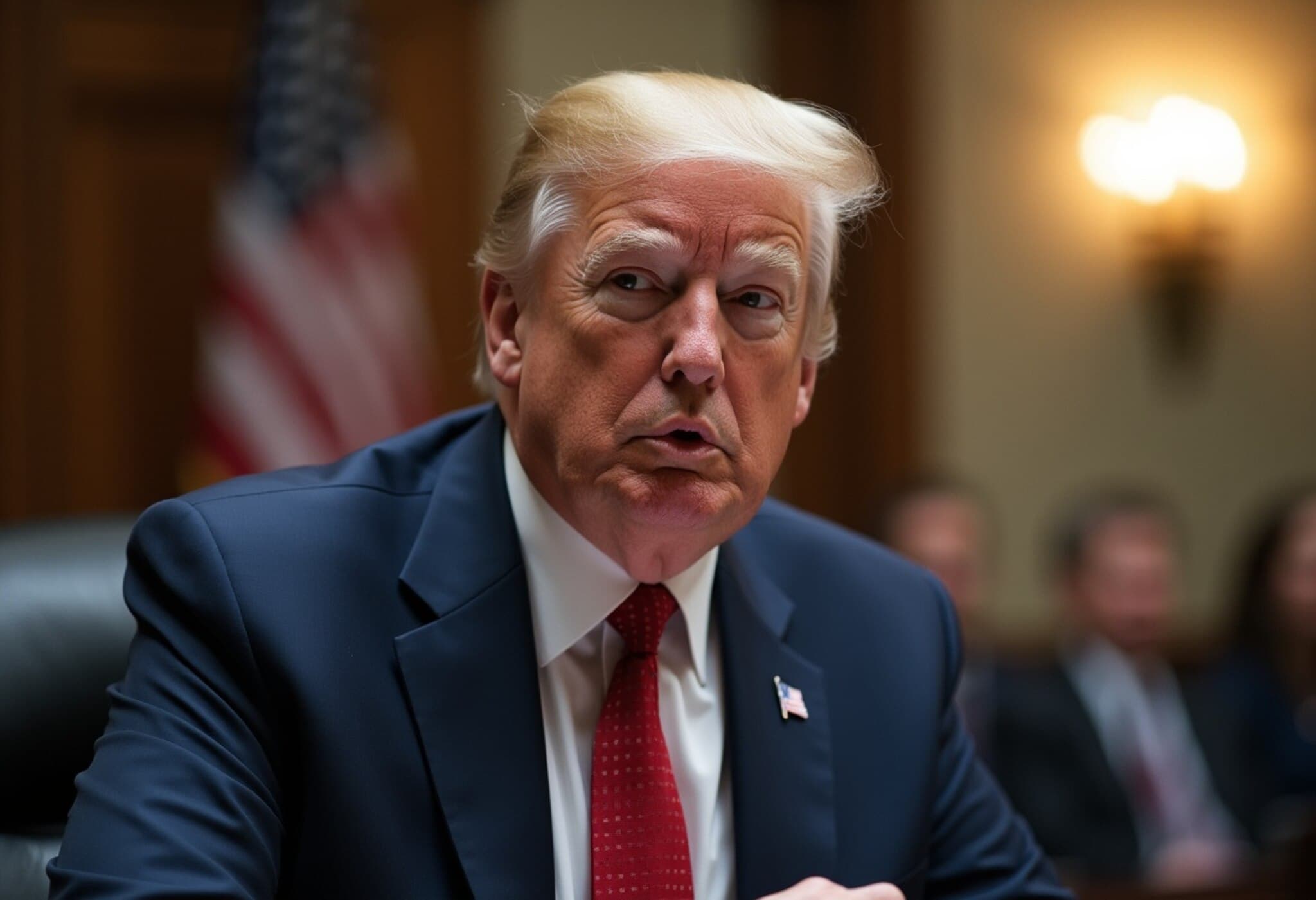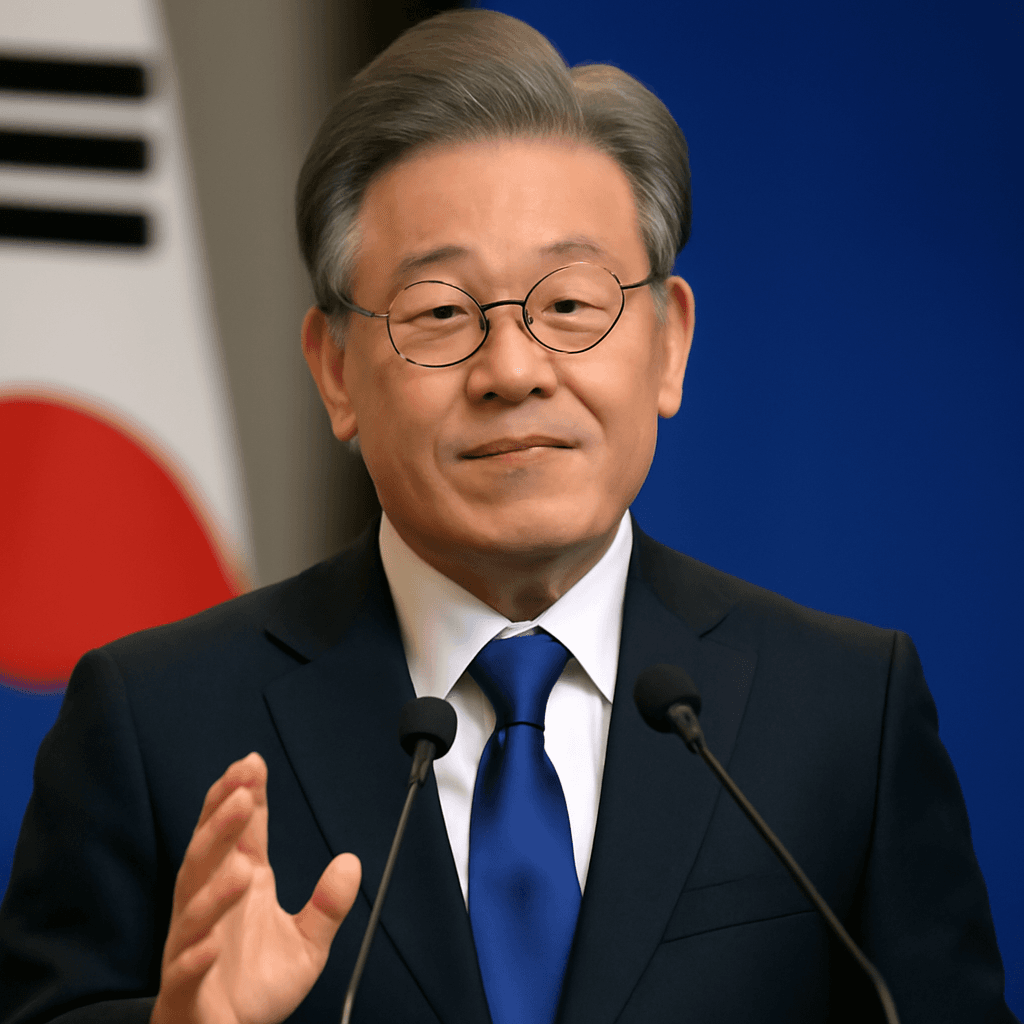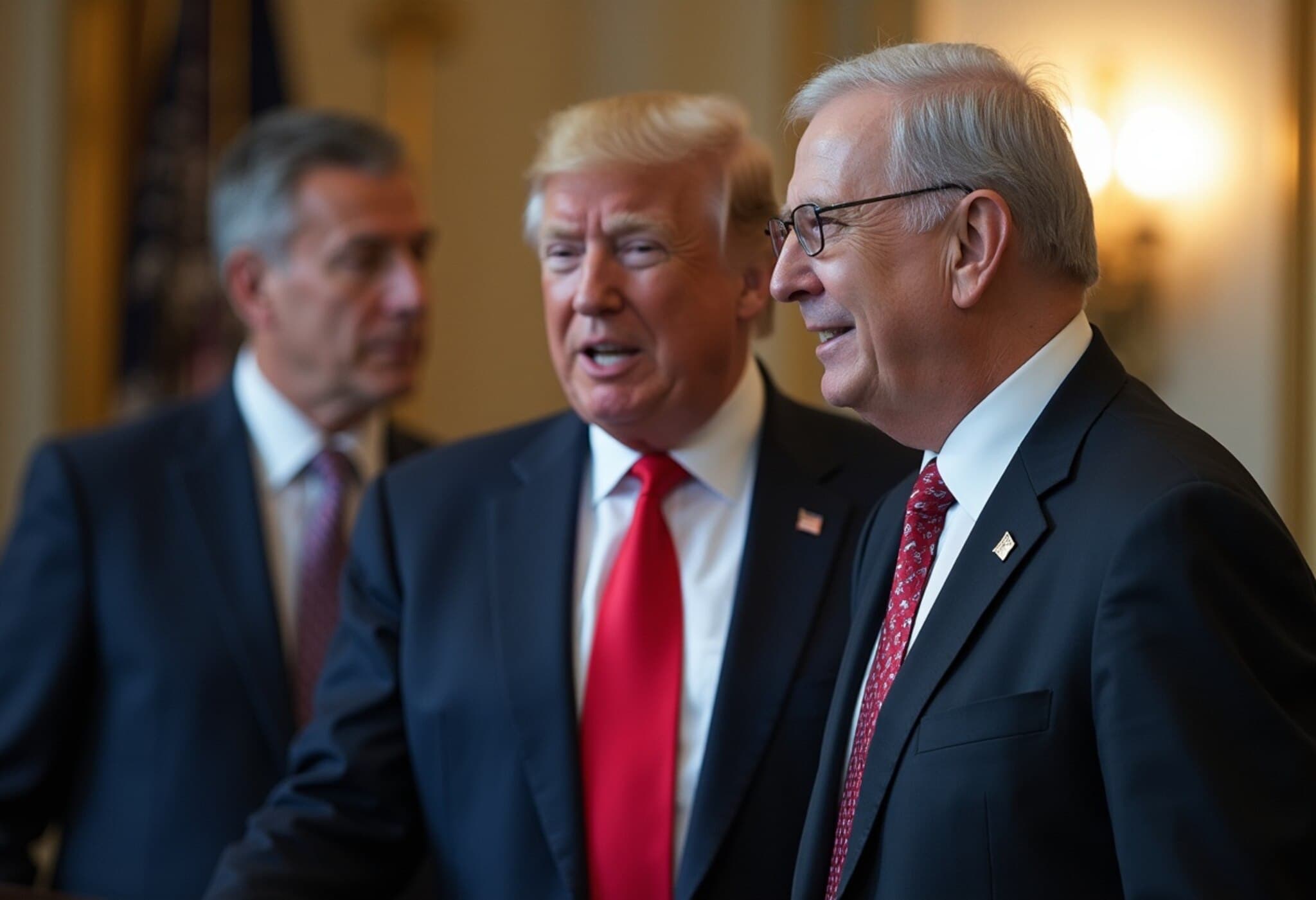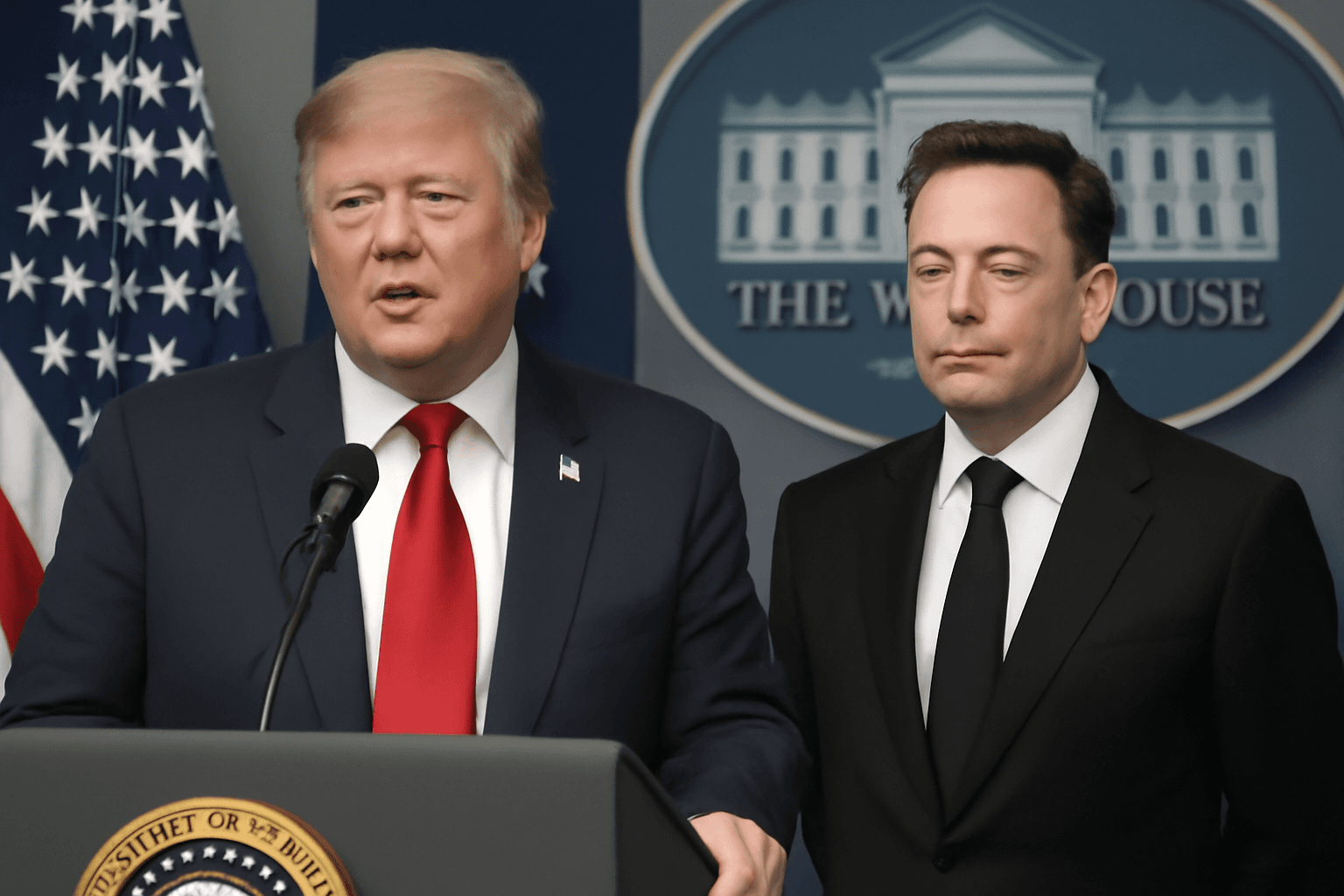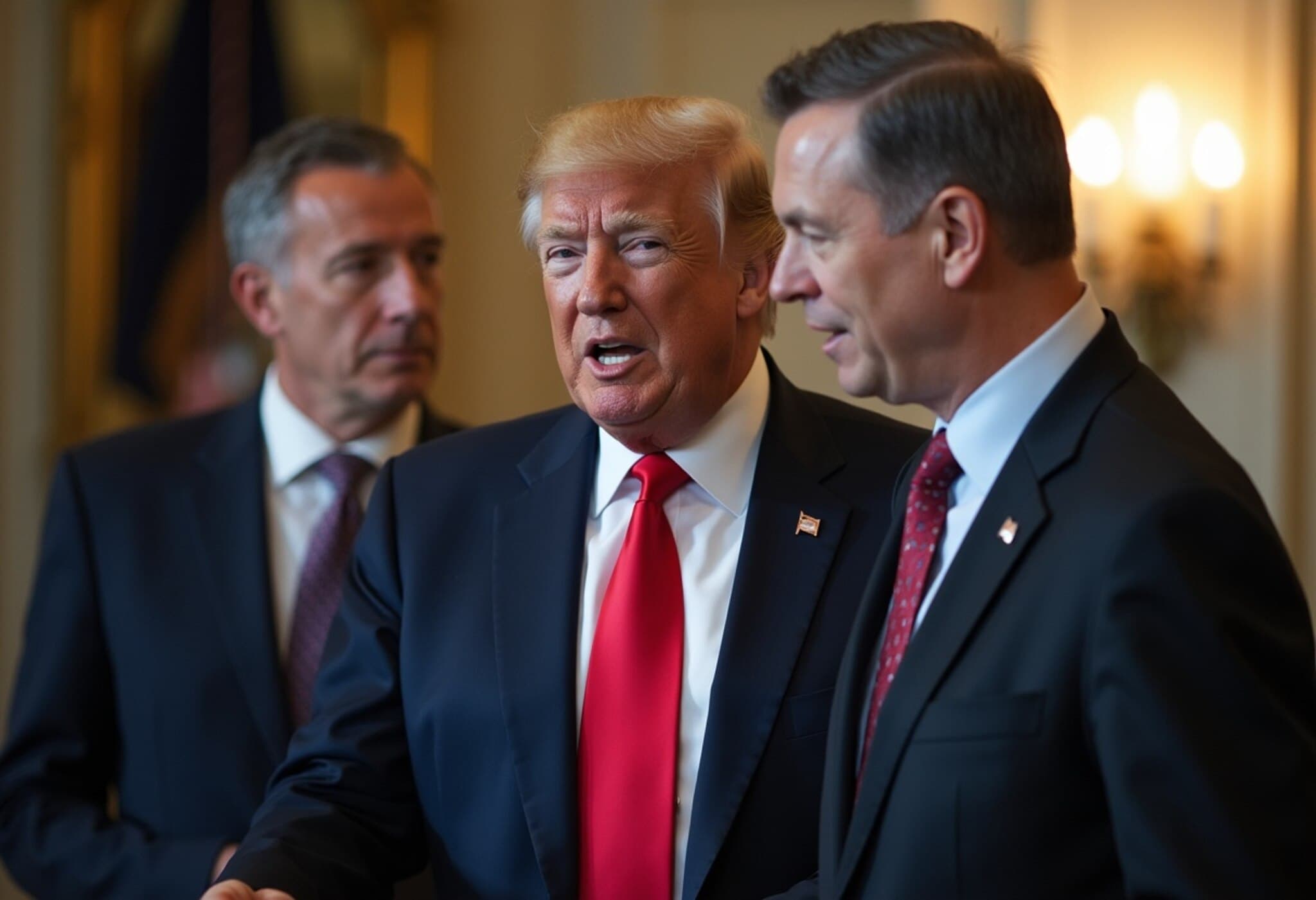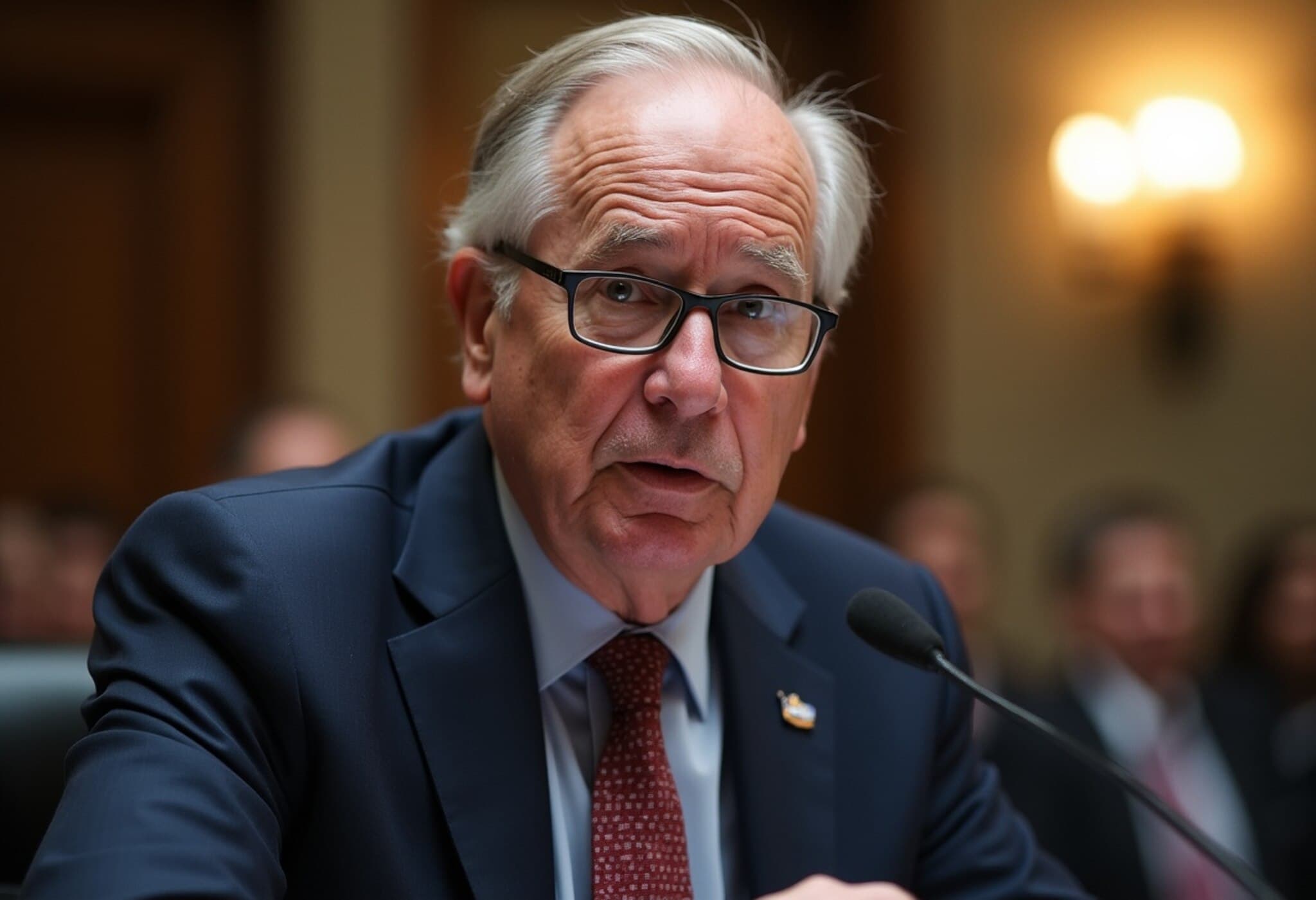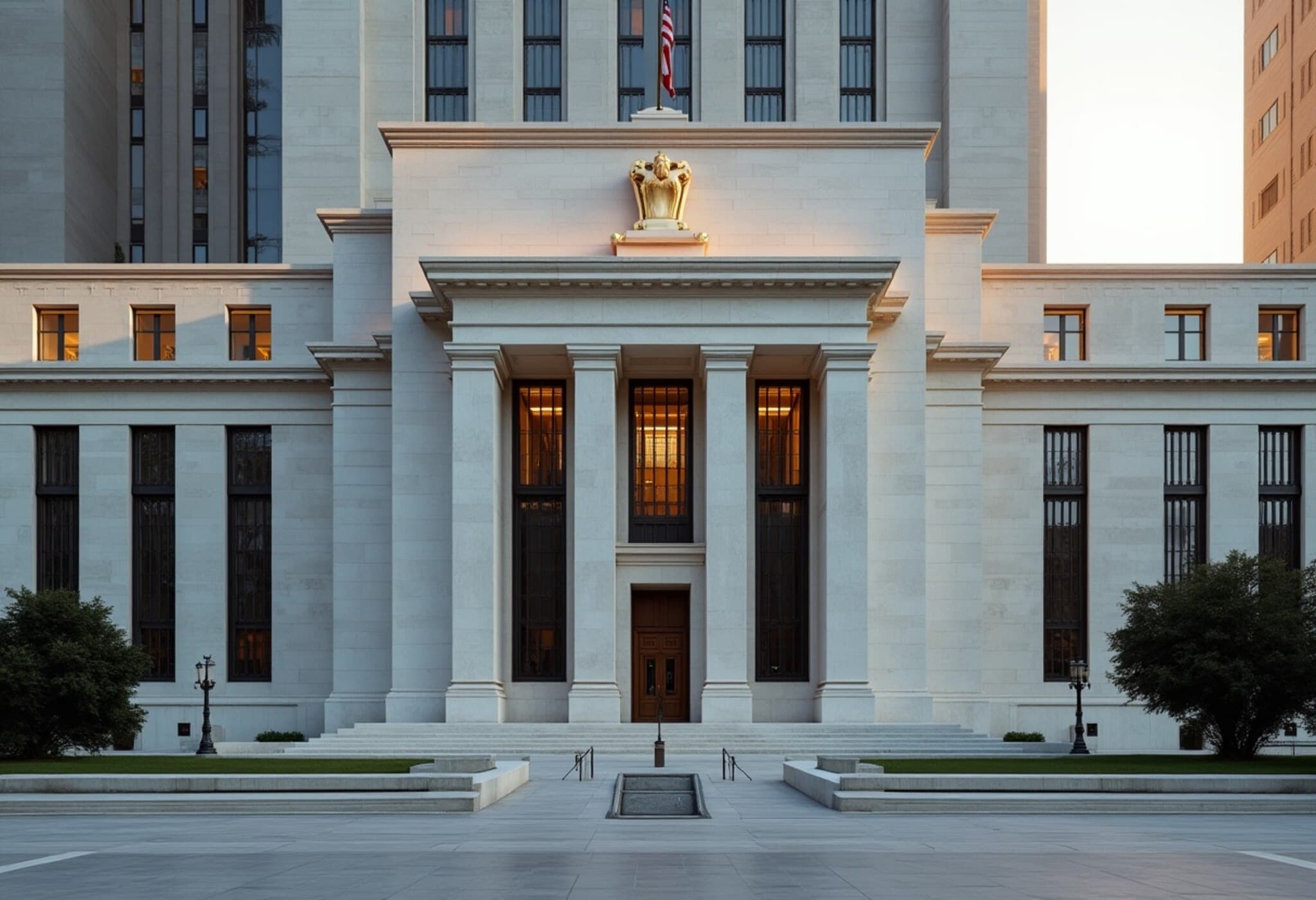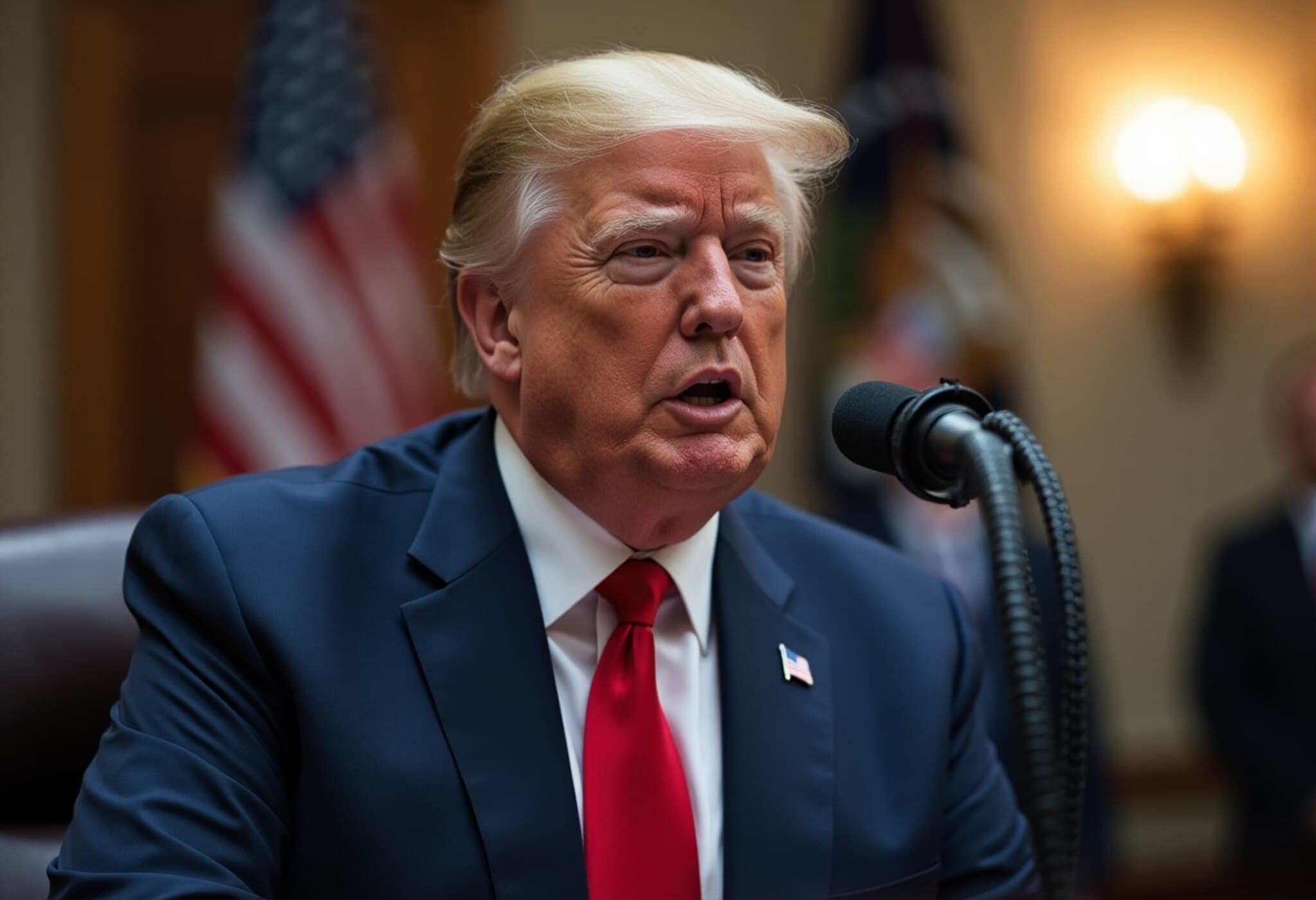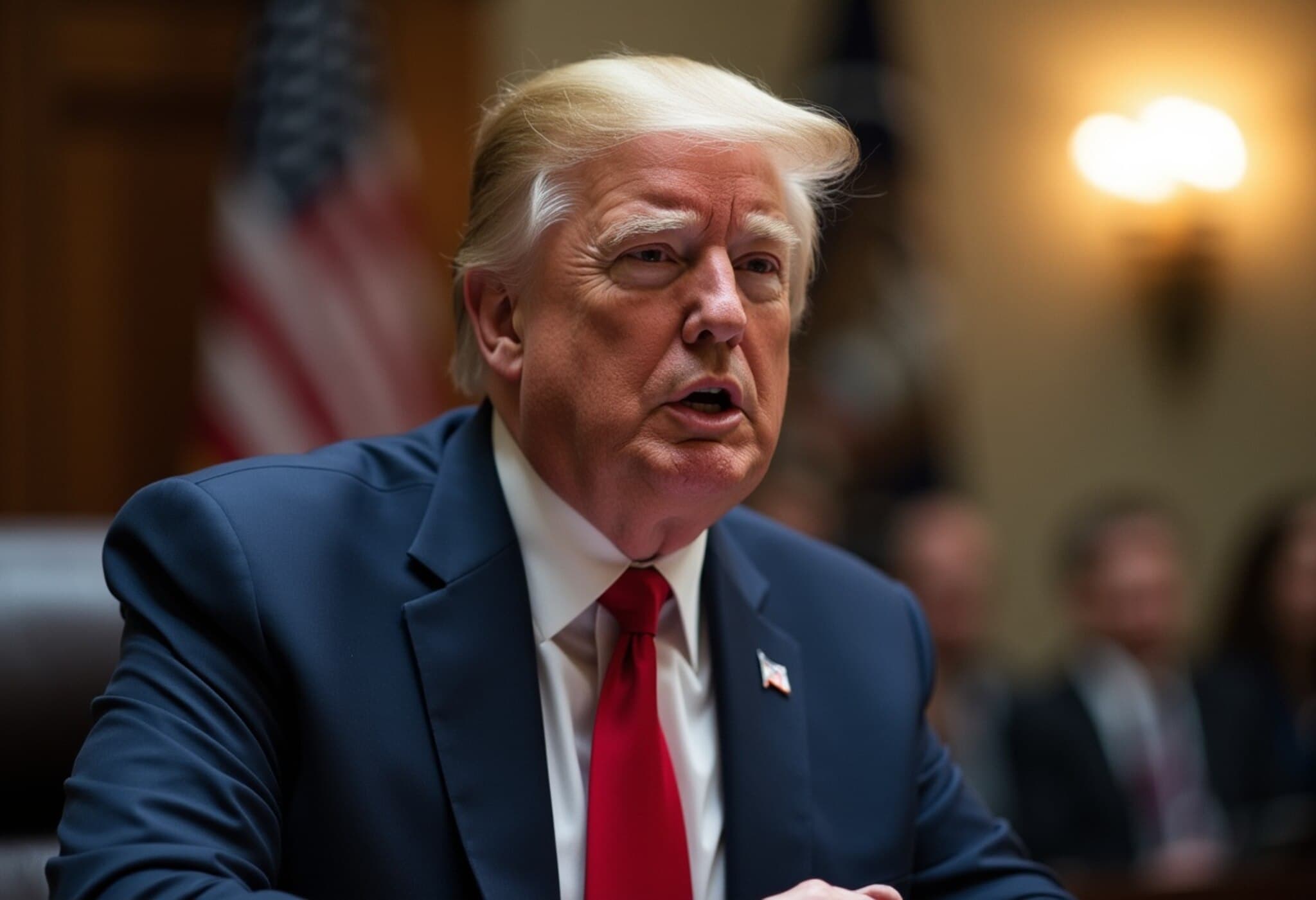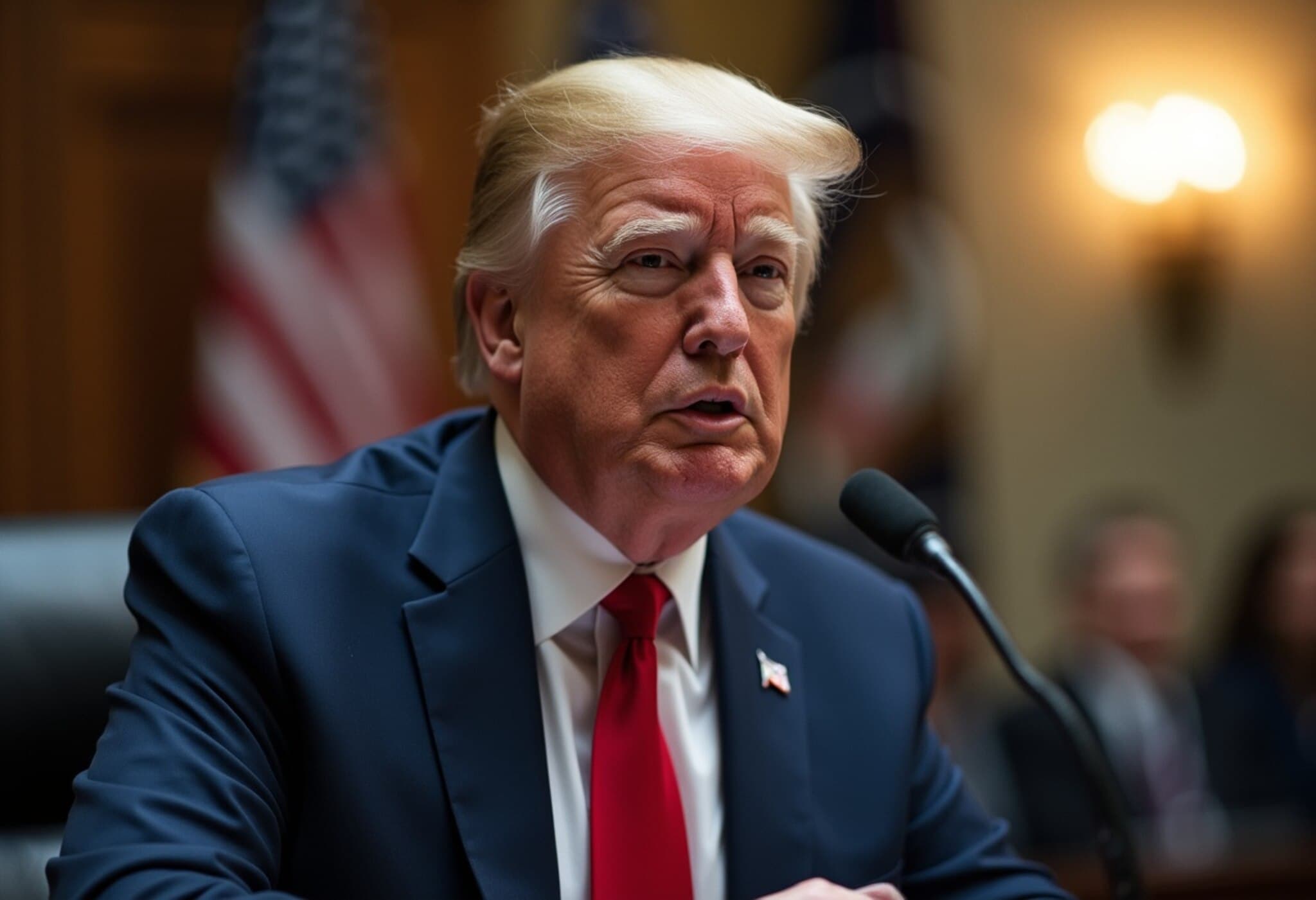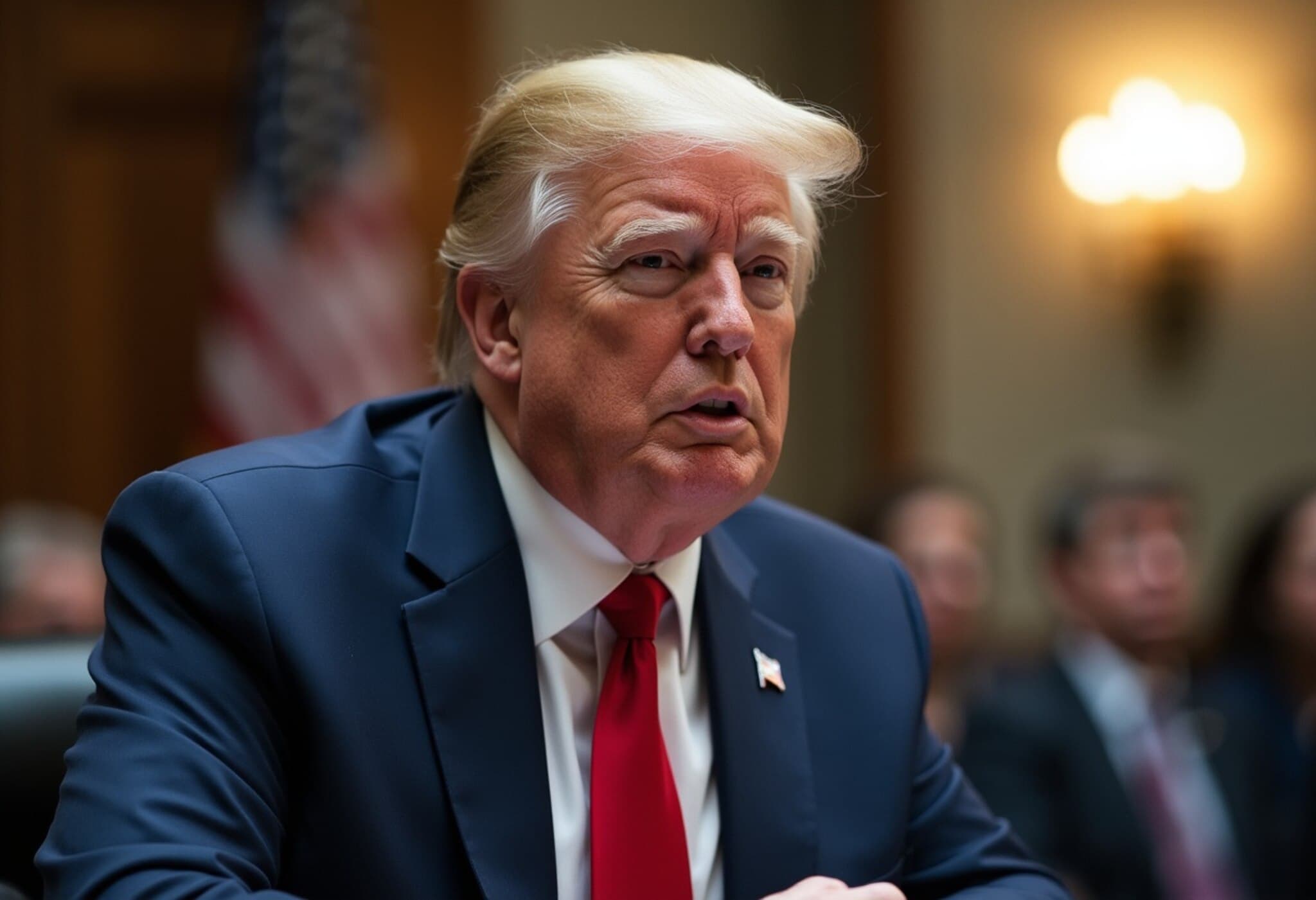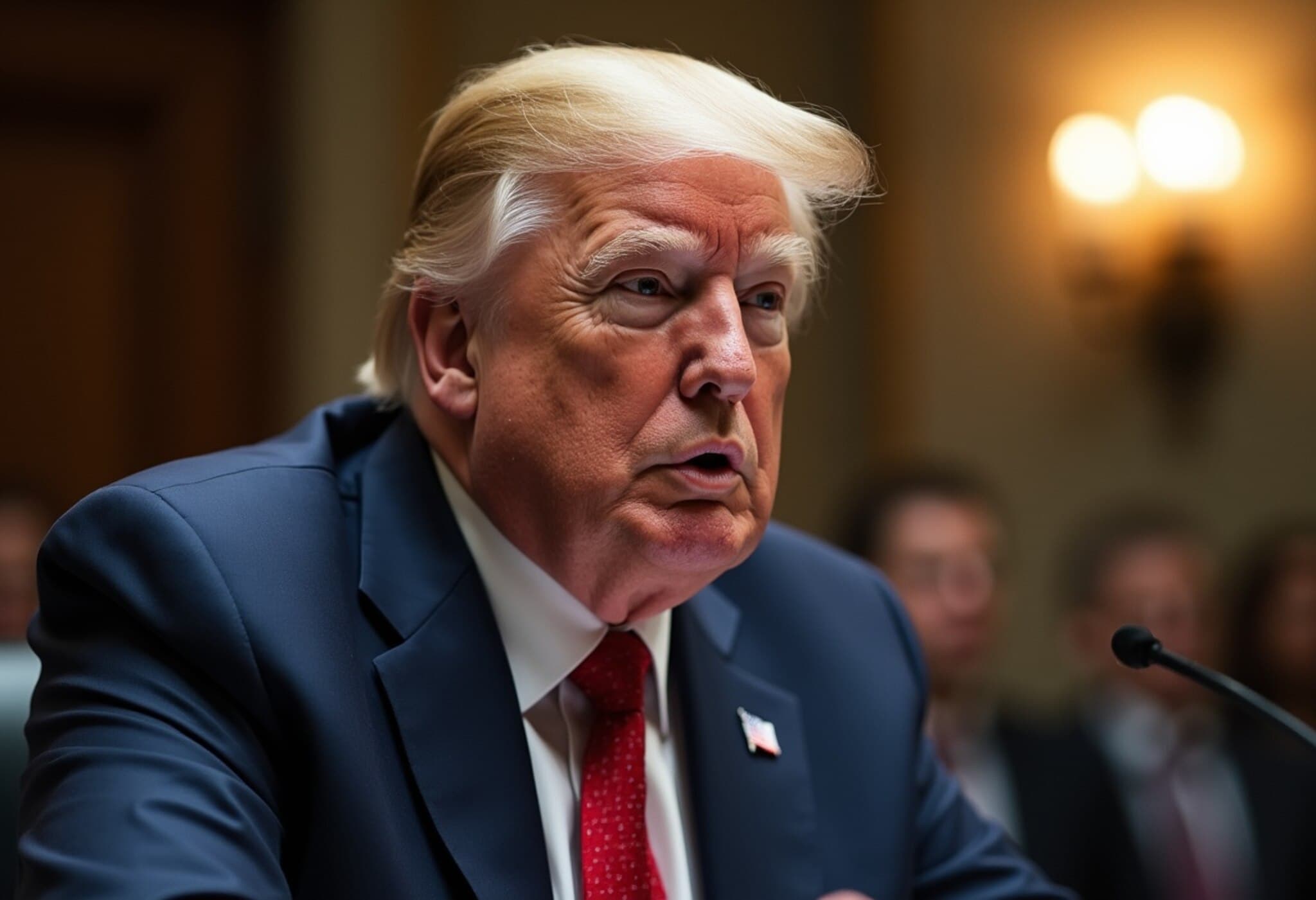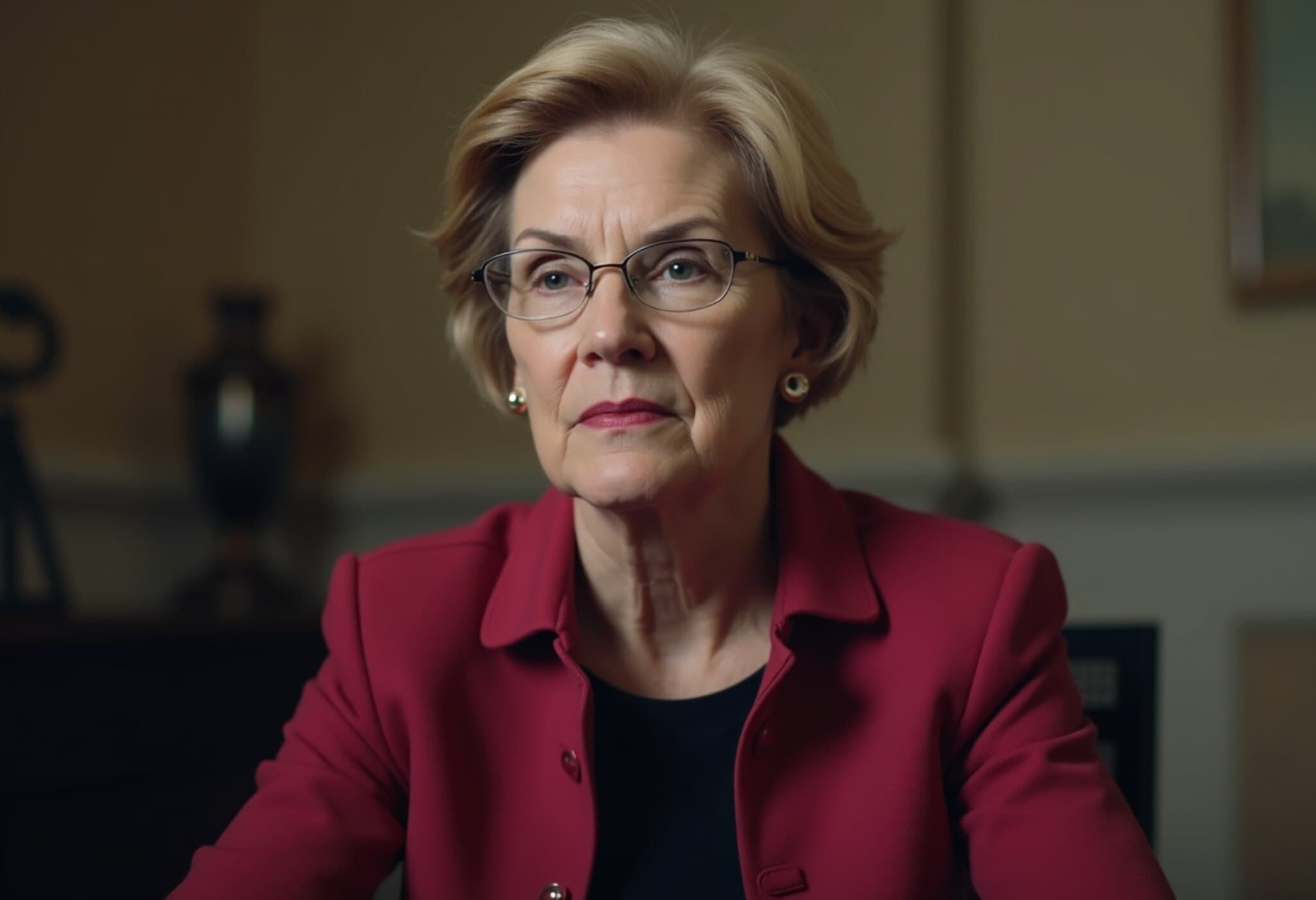Examining the Fallout if President Trump Attempts to Remove Fed Chair Jerome Powell
President Donald Trump’s recent public musings about firing Federal Reserve Chair Jerome Powell have sent ripples through Washington, Wall Street, and beyond. This unprecedented scenario raises a host of legal, economic, and market questions—none of which have easy answers given that no sitting president has ever tried to forcibly remove a Fed chair.
Does Trump Have the Legal Authority to Fire Powell?
The short answer: Almost certainly not without cause. Federal Reserve governors, including the chair, enjoy substantial legal protections designed to preserve central bank independence. Current legal experts agree that the president can only remove a Fed chair “for cause,” such as neglect of duty or malfeasance, but the exact definition remains murky.
Former Yale professor Bill English, who once directed monetary affairs at the Fed, notes, "We’ve never seen anything like this, and it raises profound uncertainties about the legal boundaries and the future autonomy of the Federal Reserve."
Legal Battle on the Horizon
Should Trump move forward with firing Powell, it is widely expected that Powell would fight back through the courts. Such a dispute would almost certainly reach the Supreme Court, which recently underscored the Fed’s unique quasi-private status and protection against arbitrary political interference.
- Powell’s legal strategy would focus on securing a stay to prevent his immediate removal.
- The Supreme Court’s role would likely be to assess whether Trump meets the high threshold of “cause.”
- Potential outcomes could redefine the balance of power between the executive branch and an independent Federal Reserve.
Political Maneuvering and the Scapegoat Theory
Beyond the legal intricacies, there's a strategic layer to Trump’s rhetoric. Political analysts suggest that even the threat of firing Powell serves as a lever to influence public perception and policy discussions, especially ahead of critical midterm elections. By casting Powell as a scapegoat—a lightning rod for economic frustrations—Trump can deflect blame from his administration’s challenges.
> "Trump's strategy seems less about the actual firing and more about keeping Powell under a sword of Damocles, ready to blame him if inflation or economic headwinds worsen," explains Jonathan Kanter, a noted legal expert.Trump’s Demand for Rate Cuts Versus Economic Reality
Trump has consistently pushed aggressively for the Fed to slash interest rates, arguing that lower rates would ease borrowing costs and stimulate growth. However, economists caution that such rate cuts come with risks.
- Inflation concerns: Lower rates could trigger higher inflation expectations, eroding purchasing power.
- National debt costs: Paradoxically, lowering rates might push up Treasury yields if the market perceives the Fed as less committed to fighting inflation.
- Market credibility: The Fed’s independence has been a foundational factor for market confidence; undermining it could unnerve investors.
JPMorgan Chase’s chief U.S. economist Michael Feroli warns, "Any dilution of the Fed’s independence adds upward pressure to inflation risks, especially combined with tariffs and sticky inflation expectations."
The Broader Implications for the U.S. Economy and Markets
Market experts point to historical examples where government interference with central bank autonomy led to destabilizing macroeconomic effects. Jonas Goltermann, deputy chief market economist at Capital Economics, notes, "The reputational damage from firing a Fed chair would be difficult to reverse and could unsettle financial markets profoundly."
Interestingly, even if Powell were fired, the Federal Open Market Committee (FOMC), which sets monetary policy, could retain him as chair, preserving his influence. The chair of the Fed’s Board of Governors has traditionally also been chair of the FOMC, but this is not a legal requirement, introducing another unconventional twist.
Resilience of the Federal Reserve Amidst Political Pressure
Despite the constant drumbeat of political antagonism, insiders say the Fed is expected to maintain its data-driven approach. Former Cleveland Fed President Loretta Mester remarked, "While presidential pressure is not new in monetary policy discussions, the persistent and vocal nature this time around is unusual—but it doesn’t override the Fed’s commitment to independence."
Editor’s Note
The prospect of a sitting U.S. president firing a Federal Reserve chair touches on core principles of American governance—central bank independence, separation of powers, and the role of monetary policy in economic stability. This unprecedented situation invites us to consider how political pressures could reshape financial markets and the economy’s trajectory.
Key questions remain: What legal standards define "cause" for removal? Could this challenge set a dangerous precedent, or reinforce the Fed’s autonomy through judicial review? How might markets react if the Fed is perceived as politicized?
As this story unfolds, it highlights the delicate balance between political leadership and economic stewardship in a democracy, reminding us that institutions designed to be above day-to-day politics often face their hardest tests precisely in moments of political volatility.

